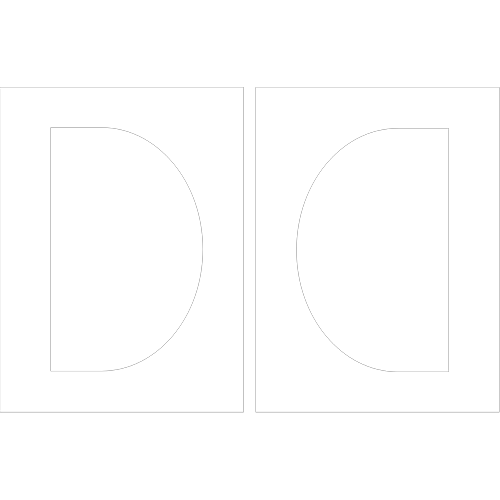Dolby Digital Surround EX is an extension of Dolby Digital introduced on October 20th, 1998 jointly developed by Dolby Laboratories and THX that allows for matrixing the rear audio channel into two (or more, theatrical only) or more rear speakers. While it is not the same thing as a true sixth discrete track, it gives off the effect of one. It would later be extended by Dolby Surround 7.1 in 2010.
Description[]
Taken from the original 1998 press release.
"The new sound format, Dolby Digital - Surround EX, provides filmmakers with greater flexibility. With conventional surround technology, the sound field in the back of the theatre can be perceived as blurred and coming from a general area to the left or right of the auditorium. With Dolby Digital - Surround EX, back surround information is reproduced by the speakers at the rear of the theatre, while left and right surround information is reproduced by the speakers on the sides. This addition of a new surround channel and use of speakers allows a sound designer to create true "fly-over" and "fly-around" effects that are smoother and much more accurately placed, either directly behind or directly beside the audience."
Trivia[]
- The first film to make use of a Dolby Digital Surround EX mix was Star Wars: Episode I - The Phantom Menace on May 19, 1999, however it is not the first Surround EX-compatible media released. The Rain trailer, released five months prior in December 1998; was future-proofed with a Surround EX soundtrack (and was used as an early test).
- For non-Surround EX-compatible setups, the flag to matrix the audio into the speakers is ignored and a standard Dolby Digital track is used instead.
- It is the final audio technology compatible with traditional 35mm film setups Dolby ever created, as its successors would be digital theater-exclusive. It also retains the Dolby Stereo SR fallback track.
- Surround EX eventually made it to the home in late 1999 on both LaserDisc and DVD. The former was the final extension of the format's audio capabilities and came out at the tail end of the format's lifespan, and thus was only used in a small handful of titles, mostly Japanese. The latter format used Surround EX more often.
- Both formats received the same two titles as their first releases with Surround EX: Austin Powers: The Spy Who Shagged Me on November 16, 1999, and The Haunting (1999) on November 23, 1999 for DVD and December 28, 1999 for LaserDisc.
- Early EX releases did not feature a finalized specification; and as such, on both DVD and LaserDisc some A/V equipment may not recognize the information flag that it is an Surround EX-compatible mix, necessitating a force-enable of "6.1" modes (which is true for all LDs using Surround EX soundtracks and all DVDs employing them up to late 2001). As a result, some of these releases are not marked as EX-compatible on packaging.
- While the format is often shortened to "Dolby Digital EX" or even just "EX", this technically only refers to the home media implementation of Surround EX, where it has ties to the Pro Logic space.
- The EX name ended up being reused for a similar matrixing technology on Dolby TrueHD on a small amount of Blu-ray releases as TrueHD EX, although it proved a bit redundant as TrueHD supported true 7.1 audio.
- Some EX mixes are not disclosed on packaging on some DVD releases (but are detectable manually by software), and vice-versa.

